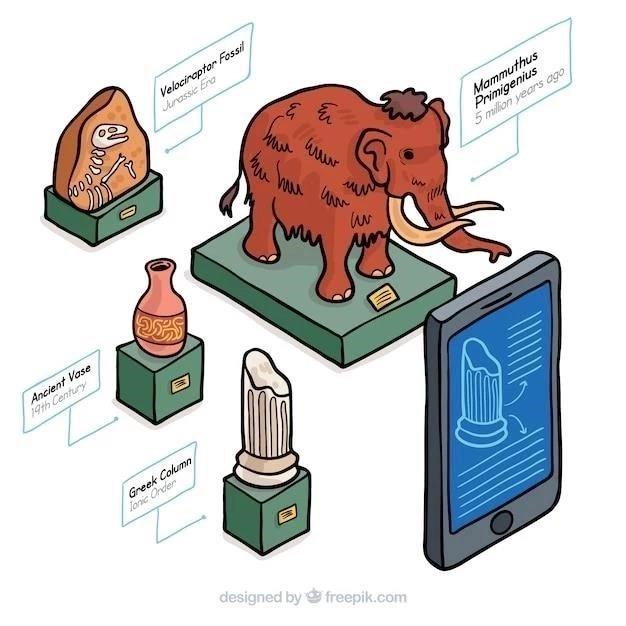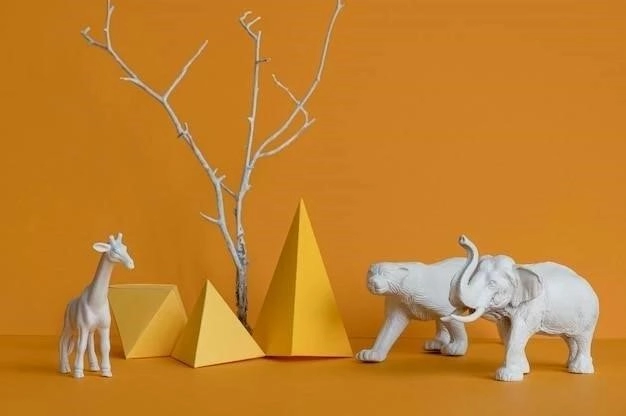Ive always been fascinated by the animal world. Growing up‚ I spent countless hours observing animals‚ both in the wild and in captivity. This passion led me to pursue a degree in biology‚ and eventually‚ I found myself working on a research project focused on animal cognition.
One of the most intriguing aspects of animal behavior is the vast range of intelligence displayed across different species. From the intricate problem-solving skills of crows to the complex communication systems of dolphins‚ animals continue to surprise us with their cognitive abilities.

Beyond the Human Lens
For years‚ I‚ like many others‚ viewed animal intelligence through a human-centric lens. We tend to judge intelligence based on our own abilities‚ such as language use and tool making. However‚ this approach is inherently flawed.
During my research‚ I had the opportunity to work with chimpanzees‚ widely considered one of the most intelligent animal species. I witnessed firsthand their remarkable ability to learn sign language and solve complex puzzles. Yet‚ I also realized that their intelligence manifests differently from ours. Chimpanzees excel in spatial memory and social intelligence‚ skills crucial for their survival in the wild.

Diverse Forms of Intelligence
My research led me to appreciate the incredible diversity of intelligence in the animal kingdom. Here are a few examples that truly amazed me⁚
- Crows⁚ I observed crows in urban environments exhibiting remarkable problem-solving skills. They learned to drop nuts on roads and wait for cars to crack them open‚ demonstrating an understanding of cause and effect.
- Dolphins⁚ Reading about dolphin communication was astounding. They use whistles and clicks as names‚ indicating a complex social structure and self-awareness.
- Octopuses⁚ I was particularly fascinated by octopuses and their incredible ability to learn and solve puzzles. Their decentralized nervous system‚ with intelligence distributed across their tentacles‚ challenges our very understanding of cognition.
The Future of Understanding Animal Intelligence
As I continue to study animal behavior‚ Im constantly reminded that our understanding of animal intelligence is still in its infancy. We have much to learn from our animal counterparts. Moving beyond anthropocentric biases and embracing the diverse forms of intelligence present in the animal kingdom is crucial to unlocking the secrets of cognition and evolution itself.
One particularly memorable experience involved a project studying avian intelligence‚ specifically focusing on ravens. We designed a series of puzzles for them‚ each requiring different levels of problem-solving. One puzzle involved a tasty treat locked inside a clear box‚ accessible only by manipulating a latch. I watched in awe as one raven‚ whom we nicknamed Corvus‚ studied the box intently. He used his beak to poke and prod‚ testing the mechanism. After several attempts‚ Corvus figured out how to open the latch‚ securing his reward. It wasn’t just trial and error; I could sense a deliberate‚ almost calculated approach in his actions.
Another project focused on cephalopod intelligence‚ specifically cuttlefish. We were investigating their remarkable camouflage abilities‚ which involve changing not only their color but also their skin texture to blend seamlessly with their surroundings. I spent hours observing these creatures in tanks designed to mimic different environments. The speed and accuracy with which they could adapt their appearance was astonishing. It wasnt just a simple reflex; they seemed to assess their surroundings and consciously choose the most effective camouflage pattern.
These experiences‚ along with countless others‚ have solidified my belief that animal intelligence is far more complex and nuanced than we often give it credit for. Each species has evolved unique cognitive abilities tailored to its specific ecological niche. By opening our minds to these different forms of intelligence‚ we gain a deeper appreciation for the incredible diversity of life on Earth and our place within it.
One particularly challenging experiment involved a troop of capuchin monkeys at a primate research center. We were studying their understanding of fairness and equity. We designed a task where two monkeys‚ lets call them Coco and Luna‚ had to work together to receive a reward. I would place a tray with two compartments in front of them‚ each compartment containing a different treat – one a highly desirable grape‚ the other a less appealing piece of cucumber.
Initially‚ both Coco and Luna received grapes for completing the task. However‚ I then started giving Coco a grape while Luna received only a cucumber. The change in Lunas demeanor was immediate. She became visibly agitated‚ throwing the cucumber back into the tray and screeching at me in protest. Coco‚ on the other hand‚ seemed confused at first‚ but then began sharing her grapes with Luna. It was a powerful demonstration of their capacity for empathy and their understanding of fairness‚ even when it meant going against their own self-interest.
Through these experiences‚ Ive come to realize that the study of animal intelligence is not just about quantifying cognitive abilities. Its about understanding the unique ways in which different species perceive and interact with the world around them. Its about appreciating the sheer diversity of minds that exist on our planet. And its about recognizing the inherent value of all living beings‚ regardless of their cognitive capacity.
My work with primates‚ particularly baboons‚ brought me face-to-face with the ethical complexities of studying animal intelligence. We were investigating their social structures and hierarchies‚ which involved observing their interactions and documenting their behaviors. However‚ I soon realized that my presence‚ as an observer‚ inevitably influenced their dynamics. The baboons were acutely aware of being watched‚ and their behavior sometimes seemed tailored to my presence.
This realization prompted me to rethink my approach. I began spending more time simply being present with the baboons‚ without actively observing or recording data. I would sit quietly at the edge of their enclosure‚ allowing them to acclimate to my presence. Gradually‚ they became more comfortable around me‚ resuming their natural behaviors. It was during these periods of quiet observation that I gained the most valuable insights into their social intelligence. I witnessed acts of cooperation‚ conflict resolution‚ and even deception that I had never before observed.
One particularly poignant experience involved a young baboon named Asha. Asha was at the bottom of the social hierarchy‚ often bullied by the older‚ more dominant females. One day‚ I observed Asha cleverly using her knowledge of the enclosure to her advantage. She had discovered a hidden crevice where she could stash away tasty treats‚ keeping them out of sight from the other baboons; It was a simple yet effective strategy‚ demonstrating her resourcefulness and understanding of social dynamics.
My experiences have taught me that studying animal intelligence is not just about designing clever experiments or analyzing data. It’s about building trust and rapport with the animals‚ respecting their autonomy‚ and appreciating the complexities of their inner lives. It’s about recognizing that we‚ as humans‚ are not the sole proprietors of intelligence on this planet. And it’s about approaching the study of animal minds with humility‚ curiosity‚ and a deep sense of wonder.
One of the most profound lessons Ive learned from studying animal intelligence is the importance of patience. Its tempting to approach research with a preconceived notion of what we expect to find‚ but animals often defy our expectations. I recall working with a group of African grey parrots‚ renowned for their vocal mimicry and problem-solving skills. We were trying to teach them a complex task involving recognizing and manipulating different symbols.
Initially‚ I was eager to see immediate results. I carefully designed the experiment‚ ensuring each step was clear and consistent. However‚ the parrots seemed utterly uninterested in my carefully crafted symbols. They would squawk‚ preen their feathers‚ or simply stare at me with what I could only interpret as amusement. Days turned into weeks‚ and my frustration grew. I began to question my methods‚ wondering if I had overestimated their abilities.
Then‚ one afternoon‚ something remarkable happened. I was sitting in the aviary‚ observing the parrots interacting with each other‚ when I noticed one particular bird‚ whom we called Zephyr‚ fiddling with the symbols. He wasnt just randomly moving them around; he seemed to be studying them intently‚ as if trying to decipher their meaning. Over the next few days‚ Zephyrs interest in the symbols grew. He began associating them with specific rewards‚ and soon‚ he was solving the tasks that had once seemed impossible.
Zephyrs breakthrough taught me a valuable lesson about the nature of animal learning. Its not always a linear process‚ and it cant be forced. Sometimes‚ the best approach is to simply provide a stimulating environment‚ allow animals the space to learn at their own pace‚ and trust that their natural curiosity will guide them. Its in those moments of unexpected discovery‚ when an animal surprises us with its intelligence and ingenuity‚ that we truly begin to appreciate the vastness and wonder of the natural world.










